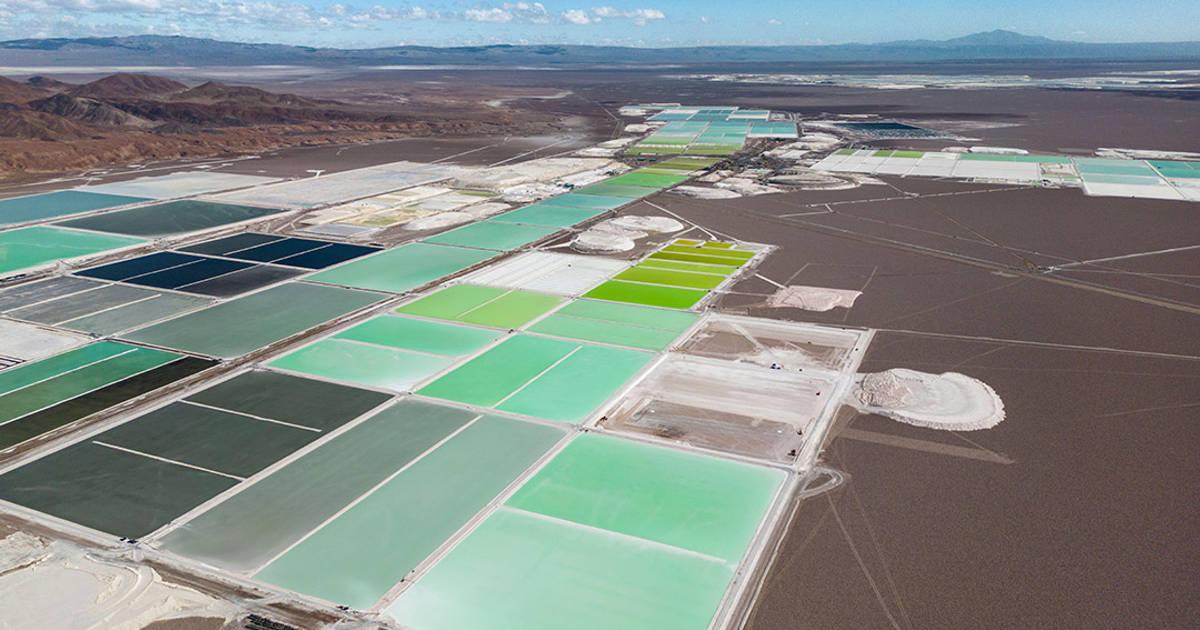The race for market domination in crucial issues such as artificial intelligence, 5G networks, semiconductors, and critical raw minerals is happening simultaneously and across hot spots undergoing heavy geopolitical realignment in Eurasia, Africa and South America.
The surge in military consumption of traditional metals such as copper and silver for ammunition, electronic and weapon systems, or graphite and lithium used in battery production, military communications and unmanned systems, have singled out the Western hemisphere as a growing strategic playfield due to its abundance of these resources.
Resource-rich nations seem confronted by what scholars call a ‘minerals trilemma’ where governments need to ‘balance national security, economic feasibility, and sustainability’. For Latin American countries, both from the perspective of domestic defence capabilities and geopolitical relevance, minerals like lithium, graphite, copper, nickel, uranium, cobalt and rare earths elements are seen as particularly prized by the industrialised nations. The UK Ministry of Defence is actively managing supply chain resilience to protect military readiness ‘from the simplest firearm to F-35 fighter jets’. The US Department of Defense is adamantly investing in critical minerals projects as tension is high with Chinese competition. Beijing announced in late 2024 harsh export restrictions on dual-use technologies and barriers to trading critical minerals. ‘Critical mineral security is now intrinsically linked to the escalating tech trade war’, observers added.
According to NATO, critical minerals and rare earth elements enable high-tech weapon systems and electronic warfare and can be found in radar systems, precision-guided weapons, jet engines, lasers, night-vision goggles, and communications.
Brazil and Argentina have notable rare earth reserves. Cobalt, found in Cuba, Brazil, and small deposits in other countries, is currently used in thermal-resistant materials and power systems including high-performance alloys, batteries for military electronics, and missiles. Graphite is used in battery production, missile technology and military-grade lubricants, particularly battery anodes, lubricants for high-performance military equipment, and nuclear reactors. Mexico and Brazil have sizable graphite resources.
Brazilians are developing Latin America’s first nuclear-powered submarine (SN Álvaro Alberto), requiring uranium enrichment and high-performance alloys like niobium and nickel. Its space programme, responsible for the Alcântara Launch Centre, needs rare earths for satellite tech and guidance systems. As well, its defence exports industry around the Embraer jets require stable access to aluminium, nickel and rare earths. Brazil enjoys a favourable strategic position as it is self-sufficient in niobium and uranium. Its ambitions to reduce dependence on China for rare earth elements via domestic development have put the country in direction towards a regional leadership role in defence industrial cooperation.
